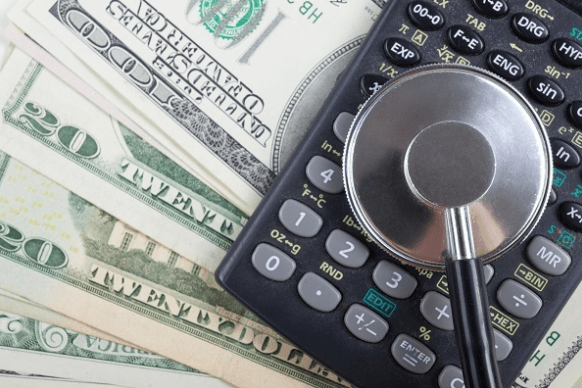The rising costs of healthcare spending are a nationwide topic, for sure. For many, an illness or accident may be easier to recover from than the onslaught of bills. Some of these amounts may be so enormous that there is absolutely no way to pay them. If this has happened to you, you probably experienced phone calls and mail from debt collectors arriving at rapid speed.
While some medical bills do go unpaid and result in many bankruptcies around the US, spending for healthcare was around $486 billion last year, indicating an eight percent rise. This data was outlined in a recent article focusing on research from Kalorama Information, in ‘Out-of-Pocket Healthcare Expenditures in the United States.’ Along with the numbers regarding spending, Kalorama’s study shows that consumers are using a variety of different methods to pay for medical bills. Their research also indicates that average out-of-pocket costs have increased from $250 to $1400 since the 80s.
“There is still a lot of cash in healthcare; for both elective and non-elective procedures, cash or check represented the most commonly used payment method in 2016, almost $294 billion in out-of-pocket spending.” said Bruce Carlson, Publisher of Kalorama Information. “This was due mainly to the use of employee wages to pay healthcare plan premiums, as premiums comprised the lion’s share of healthcare expenditures.”
Other types of payment typically used for healthcare, according to Kalorama, are credit cards and various types of loans, programs where healthcare can be financed, and both flexible spending and health savings account. It may surprise some to find that the last two forms of payment are used the least. The researchers also pointed out that financing is something new in the healthcare industry—and obviously much needed as so many consumers are unable to pay bills. Rather than leaving them with nowhere to turn, numerous firms have created payment programs—many of which come with good incentives.
The researchers expect payments in cash to continue for the next few years and to increase by around 6.1 percent. Unsurprisingly, they expect that financing programs will continue and become more popular, along with health savings accounts. Over the next few years, it will be interesting to see further research indicating how these new financing programs affect medical debt and delinquencies.

If you are trying to figure out how to handle medical debt, thinking about filing for bankruptcy, or exploring other options for debt reorganization, contact us at Fitzgerald & Campbell, APLC. Our attorneys have decades of experience in serving clients with similar financial situations. Let us review your case and discuss what would work best for you. We are here to help!
Call us today for a free consultation at (844) 431-3851, or email us at info@debtorprotectors.com.

